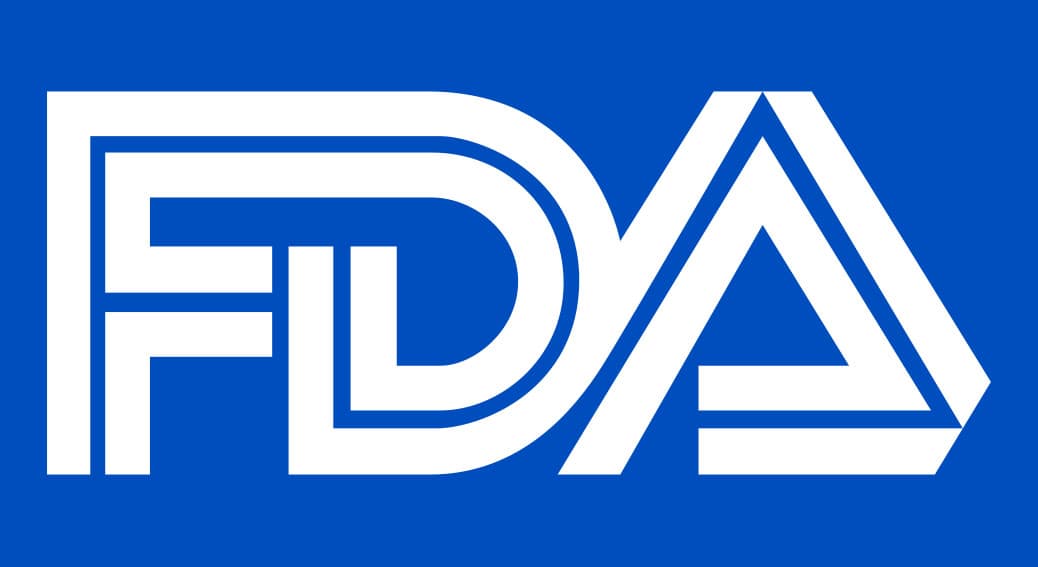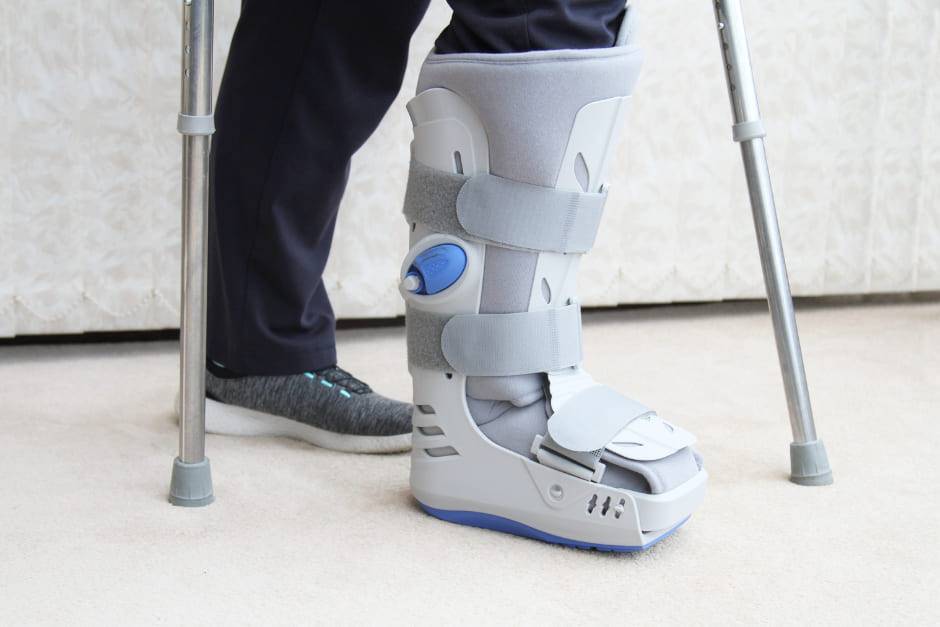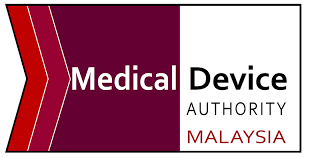The article provides additional recommendations related to the description of devices to be included in premarket submissions to ensure the authority has the comprehensive information it needs to complete the review.

Table of content
The Food and Drug Administration (FDA or the Agency), the US regulating authority in healthcare products, has published a draft guidance document that characterizes metallic and/or calcium phosphate coatings on orthopedic devices.
Once finalized, the document will provide an overview of the applicable regulatory requirements, as well as additional clarifications and recommendations to be considered by medical device manufacturers and other parties involved to ensure compliance with it.
At the same time, provisions of the guidance are non-binding in their legal nature, nor are they intended to introduce new rules or impose new obligations.
Moreover, the authority explicitly states that an alternative approach could be applied, provided such an approach is in line with the existing legal framework. It has been agreed with the authority in advance.
In particular, the document outlines the scope of information to be included in a premarket submission.
Also, it provides additional recommendations to be followed by applicants to ensure the completeness of the information provided.
The document highlights specific aspects to be addressed in the submission and elaborates on how supporting data should be provided.
Pyrogenicity and Its Implications for Medical Devices
According to the document, pyrogenicity testing plays a crucial role in ensuring the safety of medical devices by protecting patients from febrile reactions.
These reactions can be triggered by gram-negative bacterial endotoxins or chemicals that leach from medical devices, such as material-mediated pyrogens.
To mitigate the risks posed by bacterial endotoxins, it is advised that metallic and calcium phosphate-coated orthopedic devices adhere to established pyrogen limit specifications.
In this respect, the applicants are expected to ensure compliance with the FDA guidance named “Pyrogen and Endotoxins Testing: Questions and Answers”.
For material-mediated pyrogens, recommendations outlined in another guidance document named “Use of International Standard ISO 10993-1” are to be followed.
This standard emphasizes the evaluation and testing of medical devices within a risk management process. Devices intended to be labeled as “non-pyrogenic” should address both bacterial endotoxins and material-mediated pyrogens.

Shelf Life and Packaging of Medical Devices
Another essential aspect addressed in the guidance relates to the shelf life of medical devices. Shelf-life testing supports the validity of the proposed expiration date by evaluating package integrity for maintaining device sterility and assessing any changes in device performance or functionality.
Package Integrity and Sterility
Manufacturers should describe the packaging methods for ensuring the maintenance of sterility, and detail their package integrity test methods.
Package validation studies should encompass simulated distribution, package integrity testing, and an aging process to substantiate package integrity and shelf-life claims.
The relevant standards ISO 11607-1 and ISO 11607-2 guide packaging requirements and validation processes for terminally sterilized medical devices.
Evaluating Aging Effects on Device Performance
Shelf-life studies for metallic and calcium phosphate-coated devices should assess critical physical, chemical, and mechanical properties to guarantee consistent performance throughout the shelf life.
This includes repeating critical coating characteristic tests on aged devices.
The protocols, results, and conclusions of shelf-life testing should be documented, particularly those using accelerated aging to simulate real-time conditions, as per ASTM F1980.
Biocompatibility of Orthopedic Device Coatings
According to the guidance, the biocompatibility of patient-contacting materials, including device substrates and coatings, is vitally important to prevent harmful biological responses.
This becomes especially important in the case of metallic and calcium phosphate coatings used in orthopedic devices.
As further explained by the authority, a thorough biocompatibility evaluation is required if the device’s coatings differ in composition or manufacturing processes from those of legally marketed devices with a proven history of safe use. Referencing previous testing experiences or literature may suffice for identical coatings. Otherwise, adherence to the relevant standard ISO 10993-1 is expected for a comprehensive biocompatibility evaluation.
The FDA additionally emphasizes that the biocompatibility assessment should extend beyond initial materials to include processing, manufacturing methods, cleaning, sterilization, and any manufacturing residuals to ensure the evaluation reflects the final sterilized device.
Considerations should be made for differences in formulation, processing, sterilization, and device surface properties that might influence biocompatibility. For new degradable or resorbable calcium phosphate coatings, assessing the biocompatibility over the device’s lifespan, including starting, intermediate, and final degradation products, is expected from the parties involved.
Conclusion
In summary, the present draft guidance issued by the FDA emphasizes that ensuring the safety and efficacy of medical devices is a complex process that involves rigorous testing for pyrogenicity, shelf life, packaging integrity, and biocompatibility.
The document further emphasizes that continuous compliance with the relevant FDA guidelines and international standards is essential for manufacturers to mitigate risks associated with medical devices, thereby protecting patient health and ensuring device reliability throughout its intended use.
How Can RegDesk Help?
RegDesk is a holistic Regulatory Information Management System that provides medical device and pharma companies with regulatory intelligence for over 120 markets worldwide. It can help you prepare and publish global applications, manage standards, run change assessments, and obtain real-time alerts on regulatory changes through a centralized platform. Our clients also have access to our network of over 4000 compliance experts worldwide to obtain verification on critical questions. Global expansion has never been this simple.
Want to know more about our solutions? Speak to a RegDesk Expert today!
–>
- SEO Powered Content & PR Distribution. Get Amplified Today.
- PlatoData.Network Vertical Generative Ai. Empower Yourself. Access Here.
- PlatoAiStream. Web3 Intelligence. Knowledge Amplified. Access Here.
- PlatoESG. Carbon, CleanTech, Energy, Environment, Solar, Waste Management. Access Here.
- PlatoHealth. Biotech and Clinical Trials Intelligence. Access Here.
- Source: https://www.regdesk.co/fda-draft-guidance-on-metallic-or-calcium-phosphate-coatings-description-explained/
- :has
- :is
- 120
- a
- About
- accelerated
- access
- Additional
- Additionally
- address
- addressed
- adhere
- adherence
- advance
- advised
- aged
- agency
- Aging
- agreed
- Alerts
- also
- alternative
- an
- and
- Another
- any
- applicable
- applicants
- applications
- applied
- approach
- ARE
- article
- AS
- aspect
- aspects
- assess
- Assessing
- assessment
- assessments
- associated
- authority
- BE
- becomes
- been
- Beyond
- both
- by
- CAN
- case
- centralized
- change
- Changes
- characteristic
- characterizes
- chemical
- chemicals
- claims
- Cleaning
- clients
- Companies
- complete
- complex
- compliance
- composition
- comprehensive
- computational
- conclusion
- Conclusions
- conditions
- considered
- consistent
- continuous
- could
- Credibility
- critical
- crucial
- data
- Date
- describe
- description
- detail
- device
- Devices
- differ
- differences
- distribution
- document
- documented
- draft
- drug
- effects
- efficacy
- emphasizes
- encompass
- ensure
- ensuring
- especially
- essential
- evaluating
- evaluation
- existing
- expansion
- expected
- Experiences
- expert
- experts
- expiration
- explained
- explicitly
- extend
- fda
- final
- finalized
- followed
- For
- formulation
- Framework
- from
- functionality
- further
- Global
- global expansion
- guarantee
- guidance
- guide
- guidelines
- harmful
- Have
- Health
- healthcare
- help
- highlights
- history
- holistic
- How
- HTTPS
- identical
- if
- implications
- important
- impose
- in
- include
- included
- includes
- Including
- influence
- information
- initial
- integrity
- Intelligence
- intended
- Intermediate
- International
- introduce
- involved
- involves
- ISO
- Issued
- IT
- ITS
- jpg
- Know
- Legal
- legal framework
- legally
- Life
- lifespan
- LIMIT
- Line
- literature
- made
- maintaining
- maintenance
- manage
- management
- management system
- Manufacturers
- manufacturing
- marketed
- Markets
- materials
- max-width
- May..
- mechanical
- medical
- medical device
- medical devices
- methods
- might
- Mitigate
- more
- Named
- Nature
- needs
- network
- never
- New
- nor
- obligations
- obtain
- of
- on
- or
- Orthopedic
- Other
- otherwise
- our
- outlined
- outlines
- over
- overview
- package
- packaging
- particular
- particularly
- parties
- patient
- patients
- per
- performance
- Pharma
- physical
- platform
- plato
- Plato Data Intelligence
- PlatoData
- plays
- posed
- Prepare
- present
- prevent
- previous
- process
- processes
- processing
- Products
- properties
- proposed
- protecting
- protocols
- proven
- provide
- provided
- provides
- publish
- published
- Questions
- reactions
- real-time
- recommendations
- referencing
- reflects
- regulating
- regulatory
- related
- relates
- relevant
- reliability
- required
- Requirements
- respect
- responses
- Results
- review
- rigorous
- Risk
- risk management
- risks
- Role
- rules
- Run
- safe
- Safety
- same
- scope
- Shelf
- should
- Simple
- simulate
- Solutions
- Source
- speak
- specific
- Sponsored
- standard
- standards
- Starting
- States
- studies
- submission
- Submissions
- such
- SUMMARY
- Supporting
- Supports
- Surface
- system
- test
- Testing
- tests
- that
- The
- the information
- their
- thereby
- they
- this
- thorough
- those
- Through
- throughout
- time
- to
- triggered
- ugc
- United
- United States
- us
- use
- used
- using
- validation
- validity
- Verification
- want
- WELL
- will
- with
- within
- worldwide
- you
- zephyrnet












